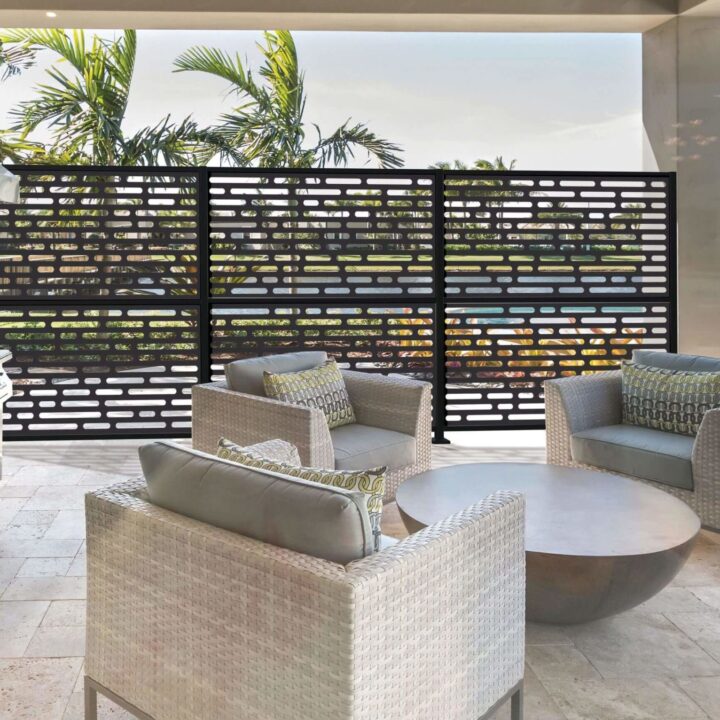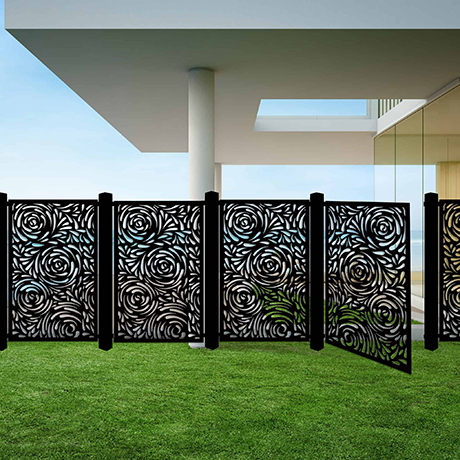If we think of visual impact as doodling, subtractive design is an eraser that allows us to correct or improve your stretch. The most common trick is to block the view or hide things. Whether it's standing by yourself in a gazebo, in the sun, on a downward wall or in a sloping garden corner. The trick is that you can look at the ability to remove the x element as a plus that will add to your game.

Try this experiment, look at your yard, ask yourself what you would remove, and then think of ways to remove it, at least visually. Mulch is the easiest to find.
Or, you can distract yourself or integrate the problem into a larger function. For example, you'll see right away that a strong glare of the sun can be turned into patterned lighting, or a boring white stucco wall can be turned into an amazing indirect light source if lit from below and covered by a screen.
Garden screens typically have a privacy rating between 60 and 90 percent. Privacy panels limit visibility from one side to the other. So it went from half of what you normally see to only one-tenth, which is a huge difference, even if the numbers seem close.
In this sense, there is a reduction in privacy or view from the outside to the inside. This creates intimacy and relaxes the subject who is confined to the scene.
Even translucent panels can do this if there is more light on the outside than on the inside. This means you can get intimacy without the isolating effects of more closed features.

A less transparent panel multiplies the effect. But this comes at the cost of openness and light. Do not enclose small Spaces with panels that are more than 60% private. But if your space is small, you should only divide or block it, not completely close off a part of it. Segmentation is the layering of a barrier between the background and the viewer. This adds complexity to the volume and stimulates the imagination. The shielded area partially isolates it from the main area and creates a strong differentiation that allows for visual load and thematic complexity.
For example, don't make the playground feel like a place where you hide your children when you don't need them. This is also a great example of creation through deletion. By cutting off the connection between this area and the rest of the garden, you can make it more cheerful and free it from the thematic limitations of the main area.




